When to plant certain garden seeds or seedlings is one of the most common questions I get! It can be confusing and disappointing if you get it wrong. Get all the information you need here!
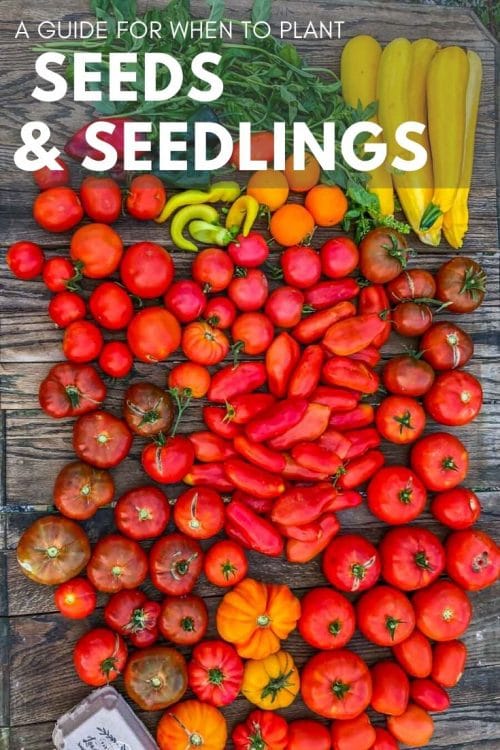
The first step to figuring out when you need to plant seeds or seedlings is to find out when the “last frost date” for your area is. This will be a widely known date in your zone and any local garden center will be able to tell you what it is.
We are Zone 5b and our last frost date is the Monday after Mother’s Day weekend. If you aren’t sure what zone you are, check out this map and click on your state to find out!
Once you know your last frost date, you are all set to begin planting! There are two different kinds of planting you’ll need to do – direct sowing and seed starting indoors and/or transplanting seedlings.
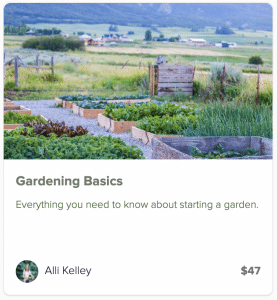
Looking for more in-depth chicken-keeping information? Take my course, Gardening 101!
My exclusive Gardening 101 course guides you through each step, from starting seeds to harvest. This course will teach you everything you’ll need to know about planning and growing your own garden.
What is Direct Sowing
Direct sowing is when you plant seeds outdoors directly into the ground. Some seeds can tolerate cold so you can plant them before the last frost date.
Some cannot, so you’ll need to plant those seeds after the last frost date. I know this sounds crazy, but I promise that your seeds will have plenty of time to come up and grow as they should (unless you live in a zone 4 or colder).
These are the seeds I direct sow outside, I’ll indicate which seeds I plant before the last frost and also which seeds I succession plant so I can get multiple harvests out of the same area.
You can plant any of these ahead of time indoors, but they all come up very fast and also grow quickly. Corn and squashes, pumpkins, zucchini, and melons in particular really hate being transplanted so I get comparable yields by just direct sowing them.
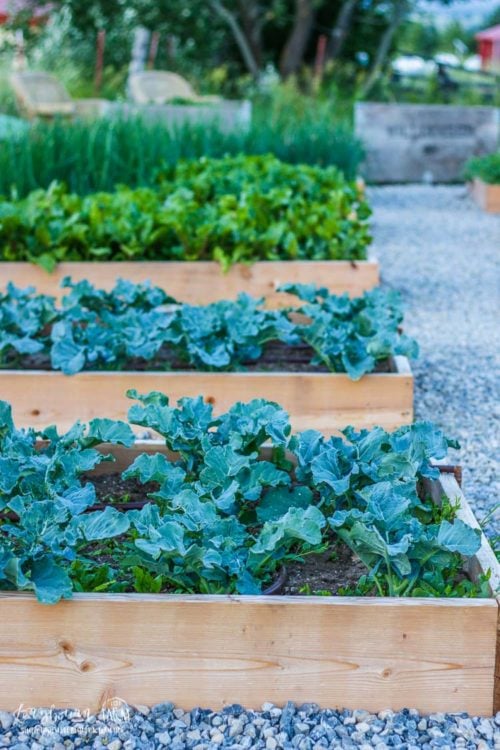
Seeds to Direct Sow Before Last Frost Date
- Peas – plant a second crop once the main heat of summer is gone.
- Lettuces – plant a second crop once the main heat of summer is gone.
- Spinach – plant a second crop once the main heat of summer is gone.
- Kale – I have had kale last all summer without going to seed and overwinter. This is not common but can happen.
- Chard – plant a second crop once the main heat of summer is gone.
- Carrots – succession plant after the first crop or after 3 weeks in between existing rows.
- Beets – succession plant like the carrots.
- Radishes – secession plant after harvesting since the days to maturity (DTM) is very small, usually 21 days.
- Onion Sets (not seeds).
- Broccoli
- Cauliflower
- Cabbage
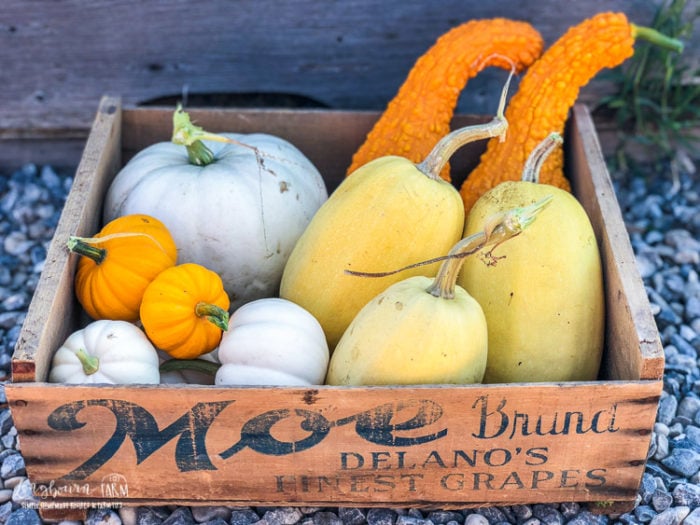
Seeds to Direct Sow After Last Frost Date
- Potato Sets (not seeds)
- Pumpkins
- Squashes
- Zucchini
- Melons
- Beans (runner or bush) – succession plant every 2 weeks.
- Sunflowers
- Corn – succession plant every 2 weeks.
Some of these veggies can even be stored in the ground until you’re ready to use them. I leave my carrots and beets in the ground all winter long, digging them up to use them until the ground is frozen or the snow is too deep.
They will be perfect come spring as long as the actual carrot or beet was not exposed to the elements! If you’re looking for some direction on preserving other garden produce, check out these posts:
- Winter Squash Storage and Preservation
- The Best Way to Store Tomatoes
- The Easiest Way to Store Zucchini
- Herb Harvest and Preservation
- How to Freeze Corn
- How to Harvest and Store Onions
- Harvesting and Storing Broccoli (also works for cauliflower)

Looking for more in-depth chicken-keeping information? Take my course, Gardening 101!
My exclusive Gardening 101 course guides you through each step, from starting seeds to harvest. This course will teach you everything you’ll need to know about planning and growing your own garden.

Growing and Transplanting Seedlings
The remaining plants you’d like in your garden will need to be started indoors by you and then transplanted outside after the last frost date or you’ll need to purchase seedlings and transplant them.
If you want to grow your own seedlings, that’s great! I love doing it. I have a whole post dedicated to How to Start Seeds Indoors that has all of the information you need.
Either way, you’ll need to harden off your seedlings before planting them outside. This simply means that you get them used to being outside in the weather (temperature, elements, etc.) before planting them.
Hardening off seedlings helps reduce transplant shock and allows your plants to acclimate more easily. Easy acclimation translates into faster growth and production in your garden!
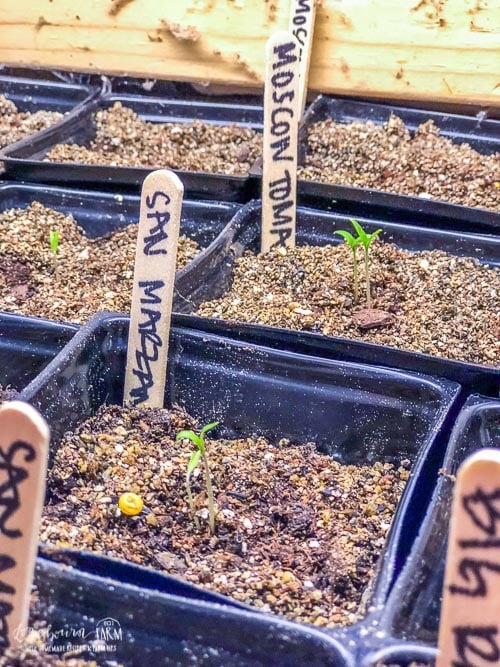
How to Harden Off Seedlings
One of my favorite seed companies, Gurney’s Seed sent me some seeds this spring and as usual, they have been amazing! They are sponsoring these tips for hardening off seedlings in this post!
Here are some tips for hardening off your seedlings. This basically means getting them used to being outside and tough enough to make the move successfully!
- Start hardening them off slowly. Give them a few hours on the first day and then gradually extend the amount of time.
- Choose days that have mild weather. Once your plants have been accustomed to the mild weather, they should be better at withstanding some direct sun, wind, and rain.
- For the first few days, bring the seedlings in at night. Once they can be outside all day, leave them out for longer and longer periods of time (within reason – don’t lose sleep)
- Once your seedlings are living outside full time and have been for a few days, you’re ready to transplant!
- Remember!!! Resist the urge to transplant before the last frost date. It isn’t worth the risk! Your plants will have plenty of time to grow during the season.
I hope this post has been helpful for you to know when you should plant seeds and seedlings! Ask any additional questions below in the comments and I’ll answer them.

Looking for more in-depth chicken-keeping information? Take my course, Gardening 101!
My exclusive Gardening 101 course guides you through each step, from starting seeds to harvest. This course will teach you everything you’ll need to know about planning and growing your own garden.
Check out these Gardening Posts:
- DIY Tall Planter Box
- DIY Self-Watering Window Boxes
- When to Plant?
- How to Set Up a Garden Drip System
- Gardening Tips for Beginners
- Winter Squash Storage
- Tips for Growing Herbs Indoors
- Building Raised Wooden Planter Boxes
- Starting Plants from Seed Indoors
- How to Make Hummingbird Food
- How Long Do Potatoes Take to Grow?
- How to Grow and Harvest Lettuce
- The 5 Best Soil Moisture Meters
- How to Grow Jalapenos
- How to Grow Green Onions
- How to Grow Big Tomatoes in Pots
- How to Grow Broccoli
- How to Grow a Corn Plant
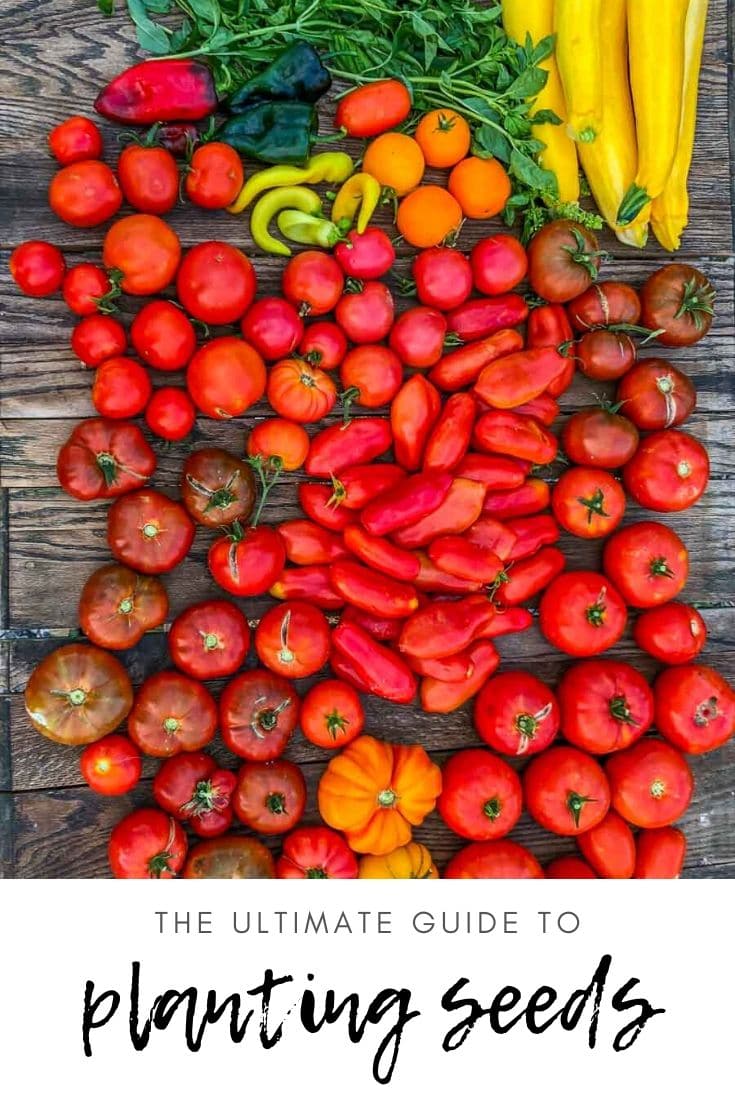
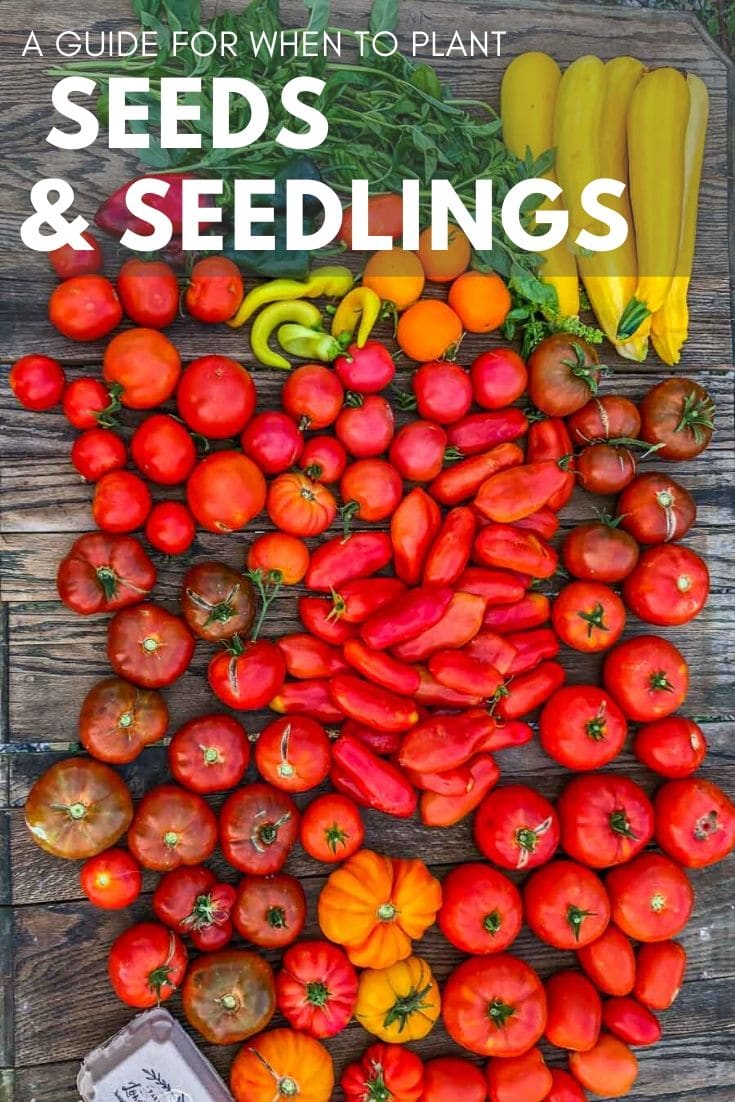


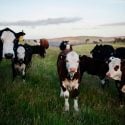
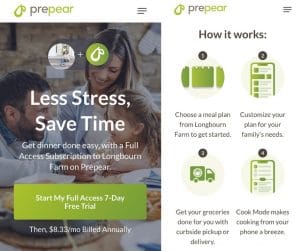

[…] When to Plant? […]